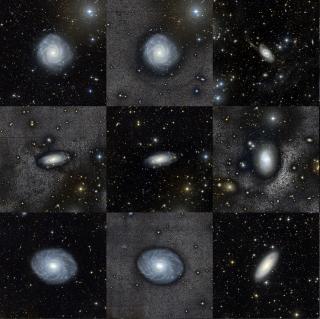
Cosmic Evolution of Milky Way-like galaxies (CEMWAY)
In less than a decade, our understanding of the Milky Way has largely increased. It is now clear that we live in a disc-like galaxy hosting several stellar structures, namely thin and thick discs, a bar that has developed a B/P, a nuclear disc, and a nuclear stellar cluster, as well as a supermassive black hole at its heart. Such complex system
Adriana de
Lorenzo-Cáceres Rodríguez




